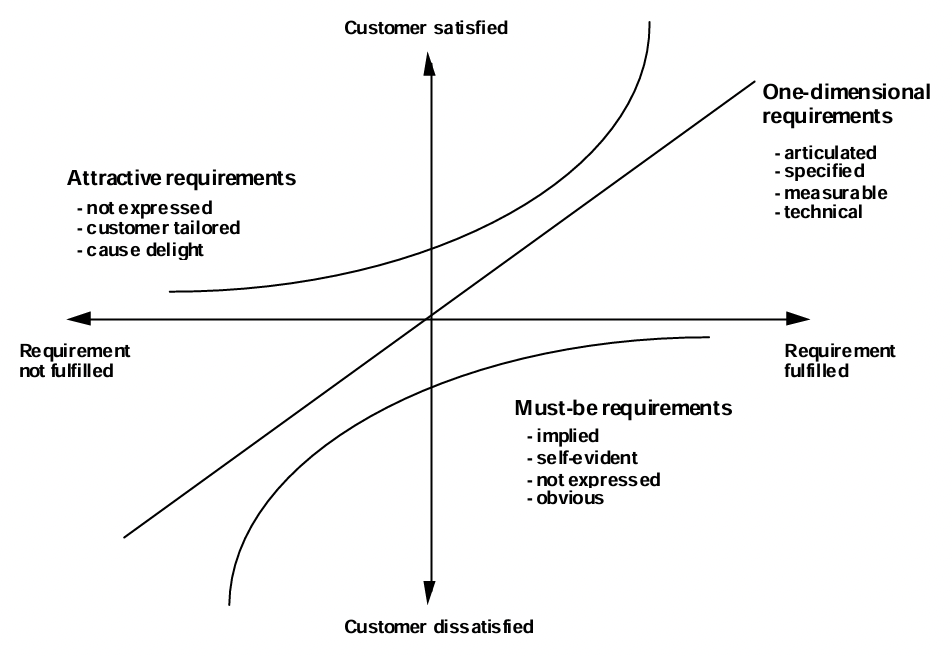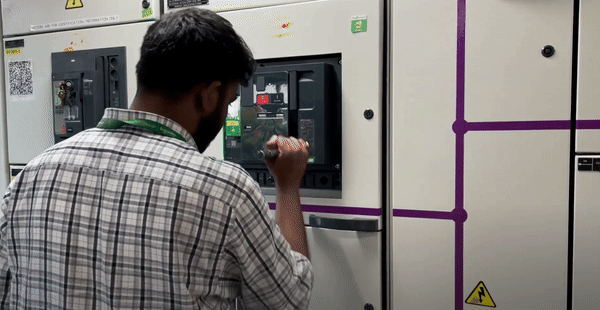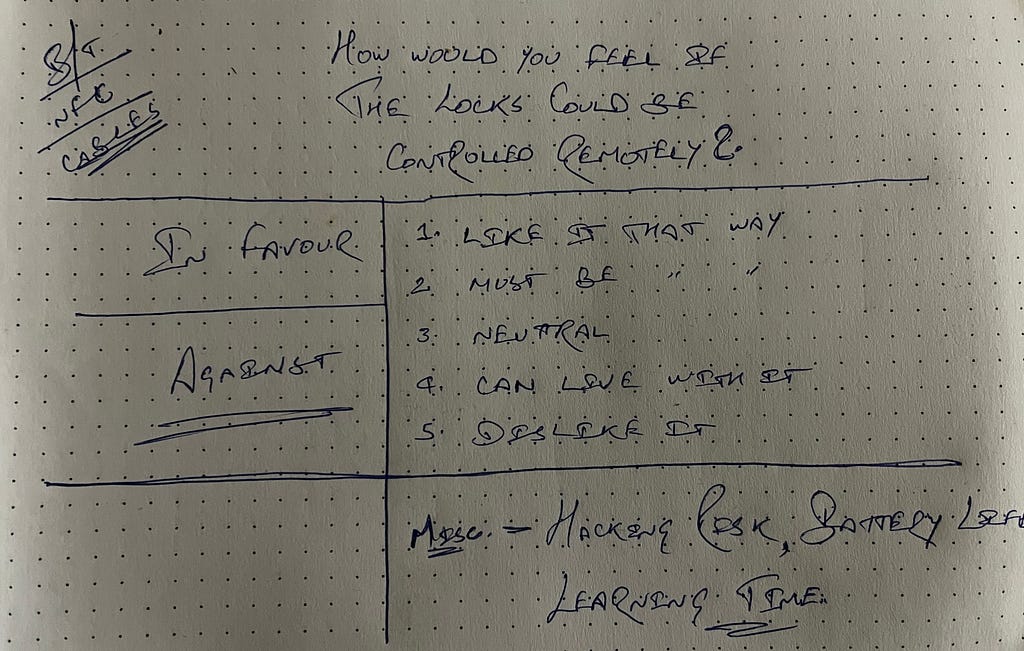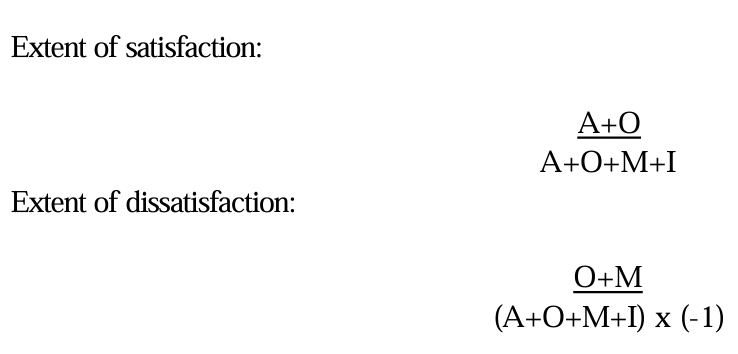I worked on this project for nearly 2 years at my previous workplace, and although I can’t dive deep into the technical details due to NDAs, the process itself was an incredible learning journey for me. And that’s what we will be focusing on, the journey not the destination.
In simple terms, LOTO, which stands for Lockout/Tagout, is a safety method where machines are turned off and marked to keep them from starting up accidentally while being fixed or serviced.
This explanation is a basic overview of the process. Since our focus is on implementing the Kano model, let’s continue with that. If you’re interested in more details about LOTO, feel free to explore further.
The Kano model (Sauerwein, Bailom, Matzler & Hinterhuber, 1996) is used to understand customer satisfaction by categorizing product features into three types —
- Must-be requirements — The bare minimum customers expect. Meeting them doesn’t make customers super happy, but it keeps them from being unhappy. Like the steering wheel in a car. You wouldn’t buy a car without one because, well, you can’t drive without it! It’s not something you’d praise a car for having; it’s just common sense.
- One-dimensional requirements — Features that make customers happier the more you give them. For example, the more comfortable a car’s seats are, the happier the driver usually is.
- Attractive requirements — These are surprises that make customers happy. Like when a hotel gives you a free breakfast unexpectedly. You didn’t expect it, but it makes you feel great!

Now that we have a basic idea of the Kano model, let’s get to work!
🔍 Step 1 — Identifying product requirements
This is the part of the design process where you gather user requirements by taking interviews or conducting group discussions and if you are a designer, I am pretty sure you have heard quotes like, ‘By asking specific questions, we can uncover hidden needs and find ways to make the product better.’ or ‘By asking them questions about their experiences with the product, we can figure out what the customer REALLY wants!”
The thing is, if you are not a domain expert, how do you know what are these ‘specific questions’ that you should ask?
The simple answer, walk in your user’s shoes!
You can conduct as many structured interviews and group discussions as you want, but you will still struggle to discover any real-world insights until you don’t step into the real world. There’s a good reason why Deepinder Goyal, the CEO of Zomato (valued at around $19 billion), personally goes out on deliveries at least once every quarter.
So, we followed suit, headed out, met with the technicians doing LOTO, and had a chat with them. And not only that, I even went through the entire process myself!

These discussions were centred around 4 main areas:—
1. What they think about the regular LOTO process?
2. Any issues they have with the current procress?
3. What factors they’d think about if they had to perform LOTO with their phones?
4. What new features or services would make them happier?
Note — These weren’t the exact questions we asked but were used more like prompts for a casual chat with the technicians on site.
Answers to these questions uncovered some unidentified needs and problems as well as improvements that could be implemented in our solution. The insights we gained from this served as the foundation to move forward in the process of designing a digital version of LOTO.
✍ Step 2 — Constructing our questionnaire
Now that you’ve got a clearer picture of the product you’re working on, I suppose you can start framing those ‘specific questions’ that will help you make the product better.
The goal is to classify product requirements into must-be, one-dimensional, attractive and indifferent categories. Each product feature is paired with two questions — one about the customer’s reaction if the product has that feature (functional question) and the other about their reaction if the product lacks that feature (dysfunctional question).
These questions need to address the customer’s problems rather than technical solutions. Customers are more concerned with what problems the product solves for them rather than how it solves them.
– Sauerwein, Bailom, Matzler & Hinterhuber, 1996
Here’s how we did it —

Here’s a quick explanation of how to categorise these features once you have got your answers —
- Category A — They like a feature when it’s there, and don’t like it when it’s not. This is a good thing.
- Category I — They don’t really care either way. It doesn’t make much difference to them.
- Category Q — Their answers are confusing or don’t match up.
- Category R — They don’t like a feature even when it’s there. This is not good.

🧮 Step 3 — Evaluation and interpretation
From this point forward, it’s simply a matter of combining the responses and prioritizing the features.
- Aggregate the answers from the functional and dysfunctional questions to categorize product requirements into must-be, one-dimensional, and attractive categories.
- Look at how often customers say certain things about the product. This helps us see which features are really important for making customers happy and which ones just make them even happier. So, we can focus on fixing what’s important first, and then maybe add some extra nice things later.
- Prioritize product developments using the ‘M>O>A>I’ rule, focusing on addressing must-be requirements first, followed by one-dimensional and attractive requirements.
- Calculate the Customer Satisfaction (CS) coefficient to quantify the impact of each product feature on customer satisfaction or dissatisfaction. This helps prioritize features based on their influence on overall satisfaction.

If this number is positive and close to 1, it means the quality strongly affects satisfaction. If it’s close to 0, it has little effect. But if the number is negative and approaches -1, it means the quality strongly affects dissatisfaction. A value around 0 means the quality doesn’t really affect dissatisfaction.
🗂️ Step 4 — Understanding Market Segmentation
By knowing what various groups of people want, designers can focus on making products that suit each group’s needs. This helps create products that make customers happy and gives the company an edge over competitors. So, by paying attention to different customer groups, we can make better products that people really like.
Before you jump into using the Kano model, let me explain why we chose to use it. The LOTO process is a widely recognized safety procedure certified by safety teams across industries. So, any changes we propose must be backed by solid evidence. The Kano model allows us to do just that. So, make sure to consider all aspects carefully before moving forward with it.
Hope it helps :)
Reference —
Sauerwein, E., Bailom, F., Matzler, K. and Hinterhuber, H.H., 1996, February. The Kano model: How to delight your customers. In International working seminar on production economics (Vol. 1, №4, pp. 313–327).
Just wanted to thank you for reading the whole shebang. Seriously, major props to you for sticking with it. Your thoughts would be pure gold to me, so if anything jumped out at you or you have a different take, please drop a comment & remember to 👏🏽 if you found this helpful, it helps others find it.
![]()
Modernizing LOTO — Prioritizing User Requirements with the Kano Model was originally published in UX Planet on Medium, where people are continuing the conversation by highlighting and responding to this story.